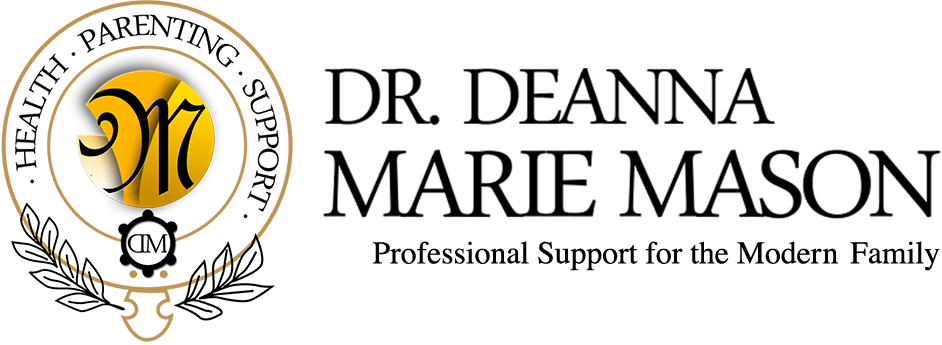Sally and Donna met up with their high school friends on Saturday night to hang out. There was a tub full of ice filled with beers and grain alcohol. Everyone was walking around with large cups filled with their preferred beverages. Near midnight, some of Sally and Donna’s friends lit up a joint of marijuana and offered it to the girls. Since both Sally and Donna were already drunk, they took a few hits from the joint and started coughing. They looked at each other, laughed and waited to see how they felt.
Parents may agree that drinking during adolescence is not an appropriate activity, but many believe that teenage drinking is a right of passage that most teens go through on their journey to become an adult. Furthermore, some parents may believe that consuming alcoholic beverages during adolescence is not as harmful as other drugs such as marijuana, ecstacy (MDMA or Molly), or cocaine. While the negative effects of marijuana, ecstacy, and cocaine use during adolescence are well documented, new studies are revealing that drinking alcohol during the teen years also has risks.
Although alcohol is a legal drug that is regulated by age, there is a wide tolerance for underage drinking in most Western cultures. Children and adolescents are more vulnerable to alcohol-related harm. The earlier a child begins drinking alcohol, the greater the risk for impaired health. Young people are at risk for impairments of physical health, such as severe intoxication, alcohol dependence, alcohol poisoning or liver cirrhosis. Additionally, teens that drink have a high risk of motor vehicle accidents and other unintentional injuries related to alcohol use.
Global data from the World Health Organization reveals that heavy episodic drinking is highest among youths 15-19 years of age and is most common in Europe and the Americas. Heavy episodic drinking is defined as consuming 60 grams or more of pure alcohol at one time, at least once per month.
To put this into perspective, one standard drink has 10 grams of alcohol. Examples of a standard drink are a can of beer, a small glass of wine, or a shot of vodka. Therefore, to qualify as a heavy episode of drinking, teens are consuming in one sitting:
- 6 or more beers, or
- Drink a bottle of wine or more, or
- Take 6 or more shots of spirits (e.g. vodka, whisky, gin), or
- Mix all three forms to total 60 grams or more of alcohol.
Teenage alcohol use has been linked to increased risk of death from accidents, suicides and overdoses. The latest data from the World Health Organization shows nearly 20% of deaths among teens in Europe, aged 15-19 years, were attributed to alcohol. The Americas were close behind with nearly 17% of teen deaths, ages 15-19, attributed to alcohol.
In addition to these fatal risks, new research is revealing that some unseen damage is occurring to adolescent brain development with regular, heavy alcohol consumption.
Longitudinal studies have shown that teens that begin drinking around age 12 and continue to drink throughout their adolescence at heavy levels have abnormal growth patterns in their brains. This means that alcohol consumption during adolescence effects how the brain grows and develops.
Alcohol consumption affected the rate and manner of the physical structures of the brain during adolescence. Specifically, there was a difference in the amount and rate of development in both the grey and white matter of the brain between teens who had no or low alcohol consumption and teens that had high alcohol consumption. To help understand what this means, using a very simplistic explanation, grey matter is important for brain processing and white matter is responsible for communication throughout the body. Therefore, any variance in development can influence both brain processing and communication between the brain and the body.
This information is important because it indicates that even when teens are protecting themselves from some of the potentially fatal risks of alcohol use, such as avoiding driving a motor vehicle, there still may be internal damage being caused to their bodies that is irreversible. Adolescence is a time of rapid and profound development to the body and mind. This research seems to indicate that alcohol can have an influential effect on that development, specifically related to brain development.
Knowledge about the external physical risks and potential internal risks of alcohol use can be useful to parents in being proactive and talking to their children about the risks of alcohol. A great time to begin talking to children about the risks of alcohol is before they are likely to be drinking, usually between 8 and 10 years of age. Parents can address the issue from a perspective of giving information to help teens make better decisions, including choosing not to drink alcohol while their minds and bodies are developing.
Although alcohol is a legal drug and regulated by age restrictions, many parents believe that alcohol use during adolescence is normal. Parents can help protect their children from injury by being proactive and talking to children about the potentially harmful effects of alcohol consumption during adolescence.
Source:
Centers for Disease Control. (2016). Underage Drinking. Centers for Disease Control and Prevention. Retrieved March 14, 2018 from: https://www.cdc.gov/alcohol/fact-sheets/underage-drinking.htm
Pfefferbaum A., Dongjin, K., Brumback, et al. (2017). Altered brain developmental trajectories in adolescents after initiating drinking. American Journal of Psychiatry [Epub ahead of print], doi: 10.1176/appi.ajp.2017.17040469.
World Health Organization. (2014). Global status report on alcohol and health. WHO Library Cataloguing-in-Publication Data, Geneva: Switzerland. ISBN: 978 92 4 156475 5
About the instructor
Proactive Parenting
Deanna Marie Mason PhD
More than 20 years of clinical experience helping families:
Bachelor's Degree in Registered Nursing, Master’s Degree in Pediatric Nurse Practitioner and PhD in Nursing. University professor, patient education specialist, pediatric researcher, published author and reviewer to first-line international scientific journals, continuous philanthropic activity related to health promotion and education, wife and mother of two children.






